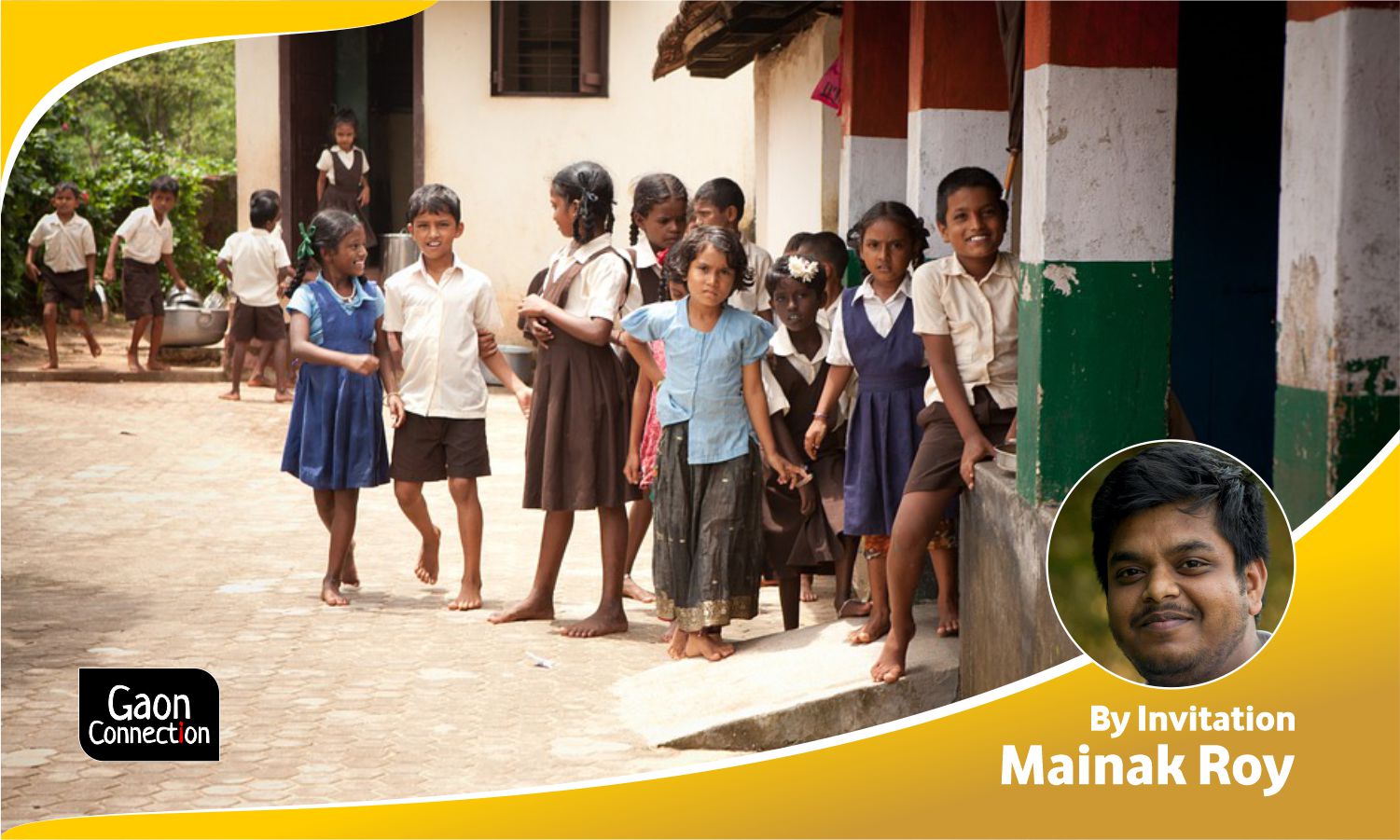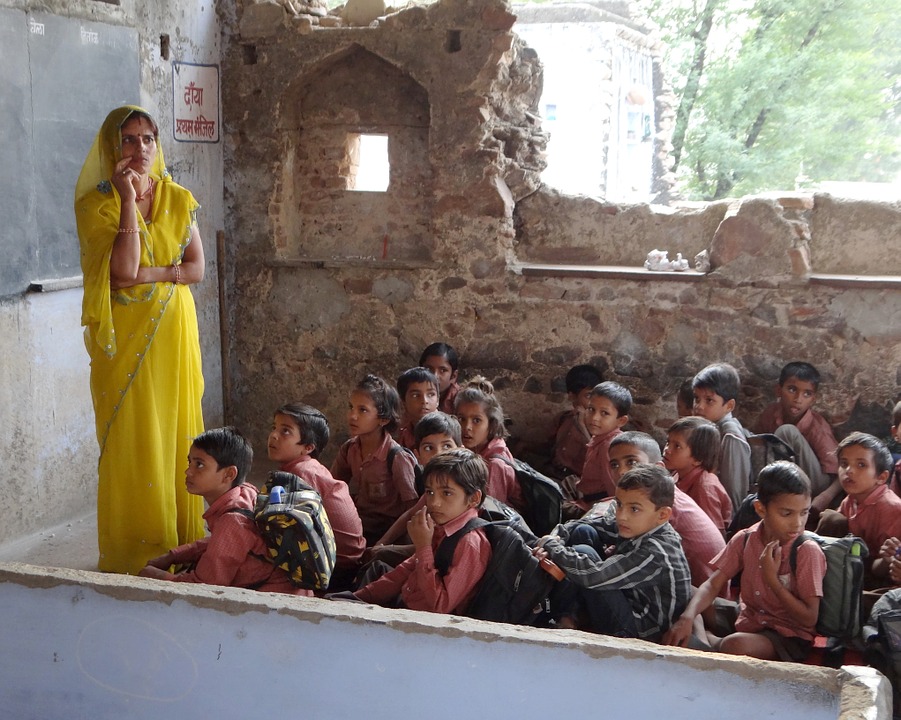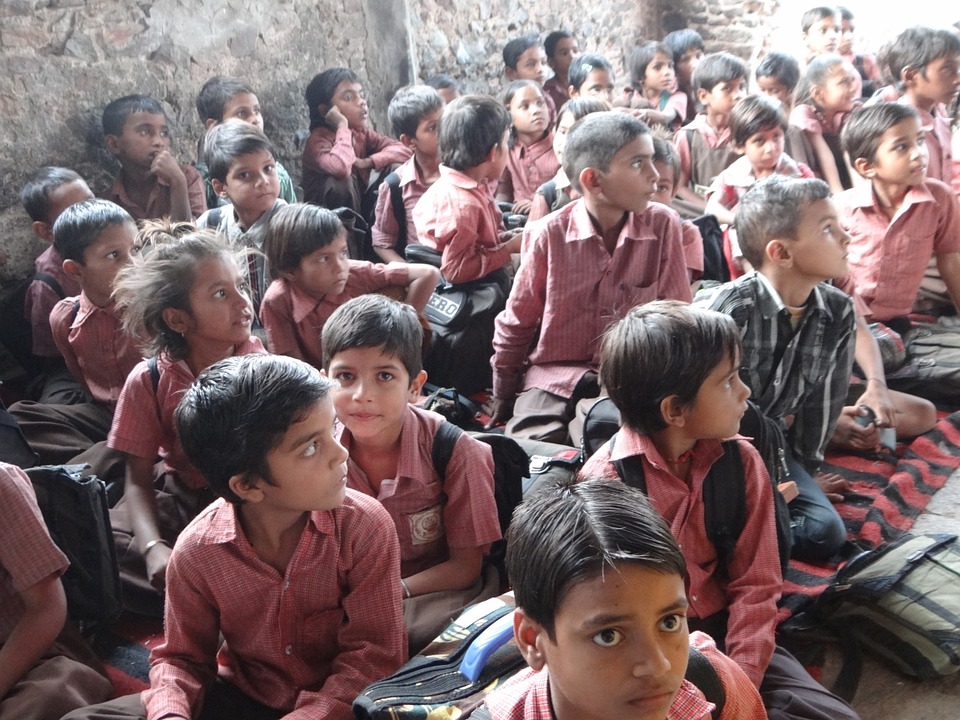The Village School: Where local should be vocal
87% of government schools in India are in rural areas. It is time authorities and educators take a deep look at what ails them, and take steps to make education in village schools relevant, contextual and meaningful.


Photo: Pixabay
About a decade ago the District Information System for Education (DISE) showed that more than 87 per cent of India’s government schools were in rural areas. Around the same time the 2011 Annual Status of Education Report (ASER) found that one in two grade five students (48.2 per cent) in rural India could not read a grade two text. Seven years later, in 2018, the ASER findings had not changed that much and only 50.2 per cent of students in grade five now could read a grade two text.
Most of our schools are in rural India, and most of our students too. What has gone wrong? What are the possible solutions that have the potential to improve the outcomes of rural education?
A reference to context
A standardised approach works for our cities as more and more of them are becoming identical, but our villages are not the same at all. Education works best when it is rooted in the context of the space and anchored in reality. Ashish Srivastava, founder of Shiksharth works in the tribal areas of Chhattisgarh. He says where he teaches English, ‘A for Arrow’ will work much better than ‘A for Aeroplane’. The children have grown up seeing arrows and struggle to identify with an aeroplane.
Context involves a lot more than mere geographical shifts like, hills and forests, plains and deserts. In Tehri Garhwal where children from the different villages come together in the same space, there is an unspoken social hierarchy that spills into the classrooms, and influences how the children interact with each other.
An active pedagogy might be excellent for children in Delhi where students mostly come from similar backgrounds or where their roots have taken a backseat as they have experienced a new set of challenges when their parents migrated from elsewhere. But most rural students constantly live in a social hierarchy and it is not advisable to overlook it.

Teacher training
The teacher training curriculum rarely includes modules that equip the educators to deep-dive into the lives of their students at a micro level, where conversations can happen around caste, class and privilege. Our curriculum framework talks about context but does not equip the curriculum with the necessary tools or practices. If it had done that, a student in a government school in Kolkata and one in rural Amchuria, in the Purulia district of West Bengal, would not study the same thing.
The average teacher training program in India is restricted to pedagogic tools and classical philosophy which does little to stimulate the minds of our future and current teachers, or the programs do not stimulate them to think deeply about their students and the communities that they work with.
Infrastructure and technology
Several solutions are proffered to deal with challenges in the current narrative of rural education. Of them, improving school infrastructure, improving teaching quality through technology solutions; and introducing computer literacy to the children are the most common.
The demand for infrastructure is a legitimate one. Most rural schools will agree. Even today more than 1,00,000 schools in India have just one classroom. Infrastructure should also include access to safe physical spaces to engage in learning and offer basic utilities like drinking water and clean toilets. We need to improve the spatial design of our schools, so that makes children fall in love with learning.
However, this is not a silver bullet, or even close to one. If the government system in India does anything well, then that is building infrastructure, be it roads or bridges or factories. So, it is actually surprising that we do not have a system in place for solid infrastructure in education.

Introducing technology solutions would certainly lead to capacity building and enable educators. However, there is so much more than introducing technology that is needed to improve the quality of teaching, pedagogic skills and access to curriculum. Tech alone cannot tackle these issues.
Also Read: In the midst of COVID-19, education technology – EdTech – has become the need of the hour
The challenge of bringing a 21st century computer programme to children in rural schools needs infrastructure that we don’t currently have. Even today 60 per cent people living in rural India do not have access to the internet, so a technology-led approach is going to be a difficult one to roll out for all children.
The three solutions that are offered to tackle the challenges in the face of rural education are valid, sensible and can have far reaching impact, which they have had in urban schools. However, the biggest challenge with rural education is treating it as a monolith and, assuming one size fits all. It does not.
Agents of change
Giving autonomy to local bodies like the panchayat and the block education departments could change the landscape of rural education. They should be able to control elements of education including curriculum, recruitment of teachers, etc. and have access to additional resources, both financial and people. This also means setting up systems to check for challenges that may emerge out of the localisation.

Imagine walking into a classroom in rural Cuddalore in Tamil Nadu, where teachers are recruited and trained locally. They know the students beyond the classroom, some of the teachers even studied in the same school. Imagine them teaching the students about the Pallava dynasty or about the Tsunami that affected the region back in 2004, or discussing the problems of the village, or understanding the Panchayati Raj system straight from the Sarpanch. This can be possible if the structures are localised with a focus on anchoring everything in the here and now.
Curriculum and teacher development programmes need a closer look and restructuring. The curriculum should be more about the place where it is taught; it should include stories by local writers and works by indigenous artists which will give children different perspectives to look at their own reality. The teacher development programs must equip our teachers with the sensitivity to work with children with diverse socio-emotional needs and the skills to facilitate lifelong learning.
Imagine girls in Uttar Pradesh reading about Mohini Giri and her work, or reading stories written by Jeelani Bano. What if students in Meghalaya read the short stories of Janice Pariat, or children in Assam studied the contributions of Tyagbir… Imagine a teacher equipped to positively handle emotional trauma rising out of violence or natural calamities. Imagine a teacher who is an educator in her own community.
Local nonprofits can support the rural education system much better than larger NGOs from elsewhere. Of course, the large NGOs should support the local organisation with their capacity building and resource mobilisation. This would give local inhabitants the agency to support their own areas, increase employment opportunities, and make education aspirational. These development professionals will be the ones the children will look up to, they will have local heroes and will not need to be inspired by ones whose struggles were very different from the ones they face.
If the school can help children acquire the skills of learning, collaborating, asking questions and showing up with compassion, it will put them on a completely different life path. The focus should be on using knowledge that is contextual and experiences that are lived. This will create a world where our children will continuously learn, reflect and grow into self-aware individuals who operate with alignment of head, heart, hand, and soul in service of all beings.
Mainak Roy is the co-founder and CEO of Simple Education Foundation (SEF). He has worked in the education sector since 2012. Before SEF, he worked with Teach For India as a Fellow and a Program Manager. He is also an Acumen India Fellow.
(Views are personal).

